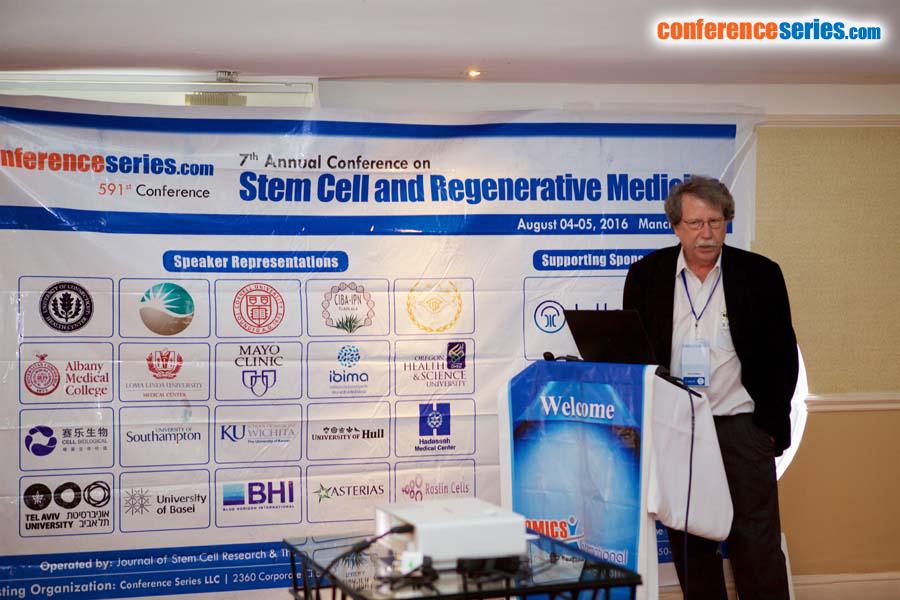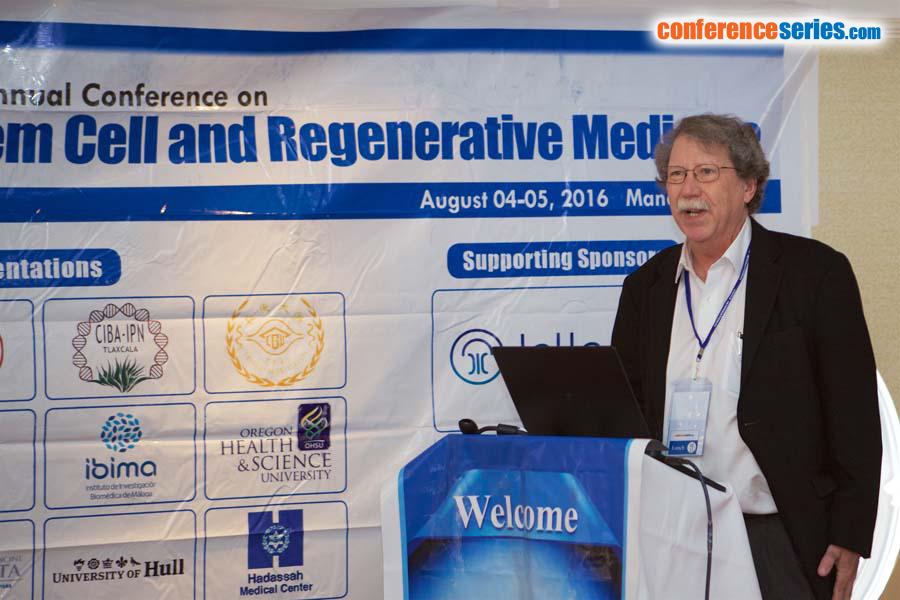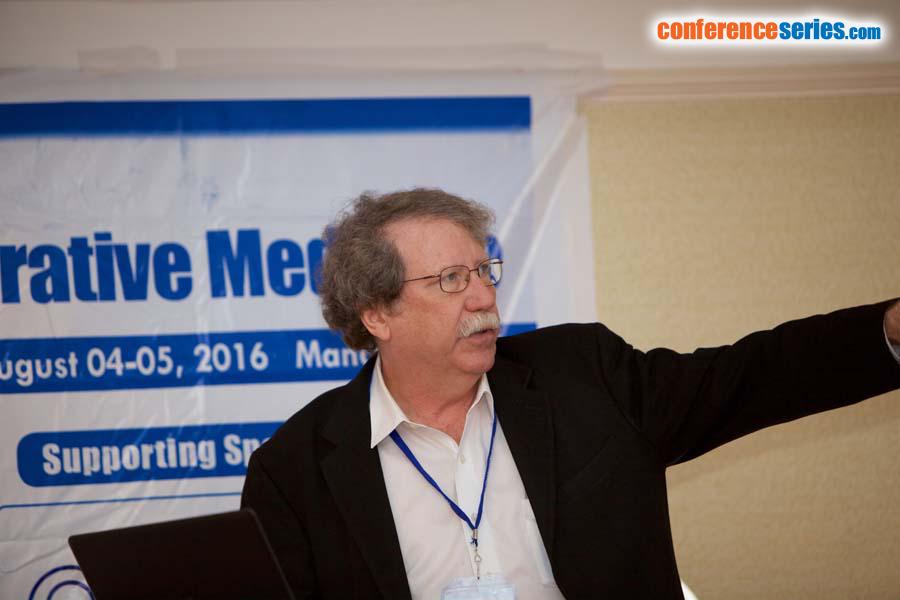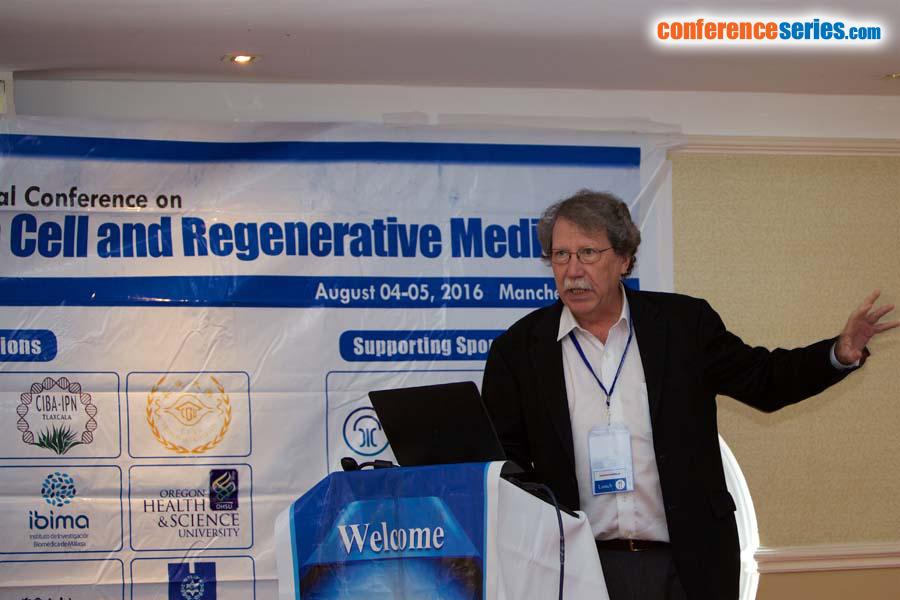
Michael Holte Heggeness
University of Kansas School of Medicine-Wichita, USA
Title: Quiescent pluripotent stem cells reside within adult murine peripheral nerves when stimulated they proliferate and express Sox2, Klf4, c-Myc and Oct4
Biography
Biography: Michael Holte Heggeness
Abstract
We describe a population of quiescent pluripotent stem cells within peripheral nerves in adult mice. These cells are induced into exuberant proliferation by either exposure to the human cytokine BMP2, a commercially vended bone
inducing agent (InfuseTM) or by physical trauma to the nerve. The sciatic nerves of adult 8 to 16 week old Balb/c mice were surgically exposed and stimulated with 60 ng of rhBMP2 or by mechanical compressive force. Both methods result in a massive proliferation of cells within the treated nerves. Harvesting nerves at 24 or 48 hours allowed us to culture them in restrictive
media. The cells fulfill many of the criteria for embryonic stem cells. Immunohistochemical staining has demonstrated that these cells express the four critical genetic markers for embryonic stem cells: Oct4, Sox2, Klf4 and c-Myc. As hoped, the
immunohistochemical staining is confined to the cell nucleus. We have also demonstrated the abundant presence of mRNA specific for these markers by Polymerase Chain Reaction (PCR) techniques. We have successfully induced differentiation of these cells into osteoblasts, endothelial cells, ectoderm and endoderm, as demonstrated by morphology, immunohistochemistry and PCR. These cells may represent an attractive potential new source of cells for regenerative therapies, as a small biopsy of a non-essential cutaneous nerve could be used to grow and differentiate in culture self-specific therapeutic cells for an individual patient, reducing or possibly eliminating risk of immune rejection, malignant transformation and teratoma formation. We suggest that they be called Nerve Derived Adult Pluripotent Stem cells or NEDAPS cells.






